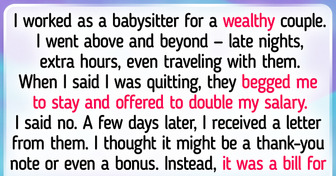I LOVED THE 4st one SOO CUTE!!!! (: (:
What Do These 16 Japanese Emojis Actually Mean
Bright Side has picked glyphs that have the most curious stories behind them. Let’s discover their meanings together!
1.
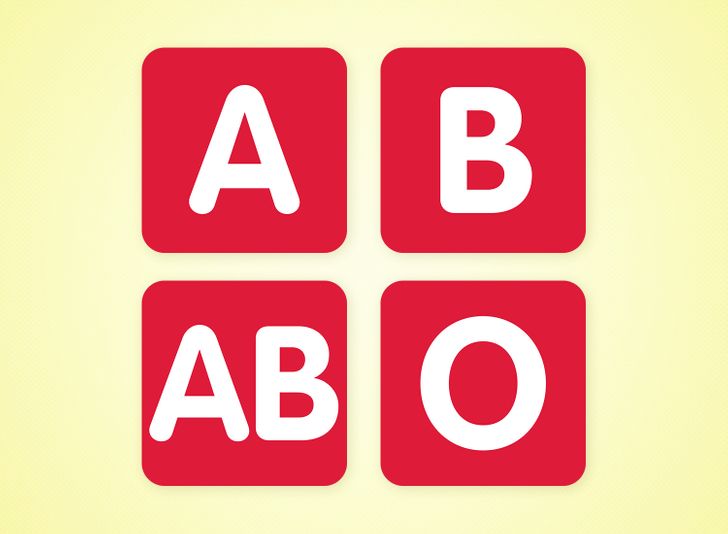
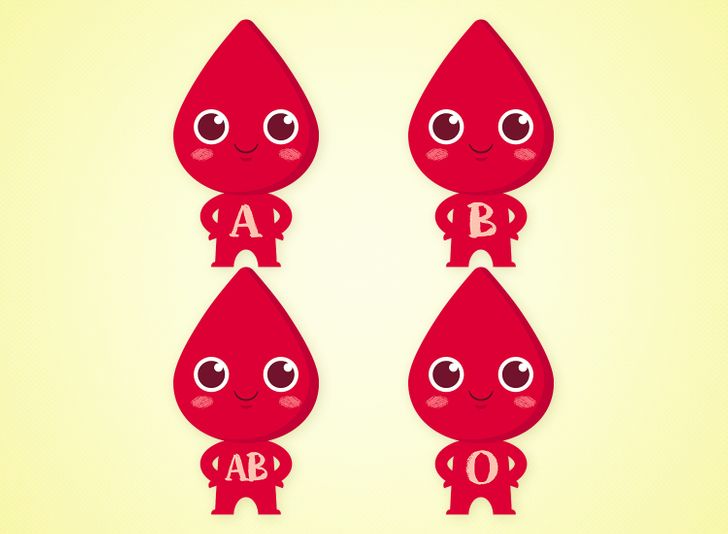
These are not just random letters that get their own icons, but blood types. In Japan and South Korea, people believe that one’s personality and relationships with others depend on their blood type. Even though there is no scientific evidence that backs up this theory, it still remains an important part of the culture.
2.
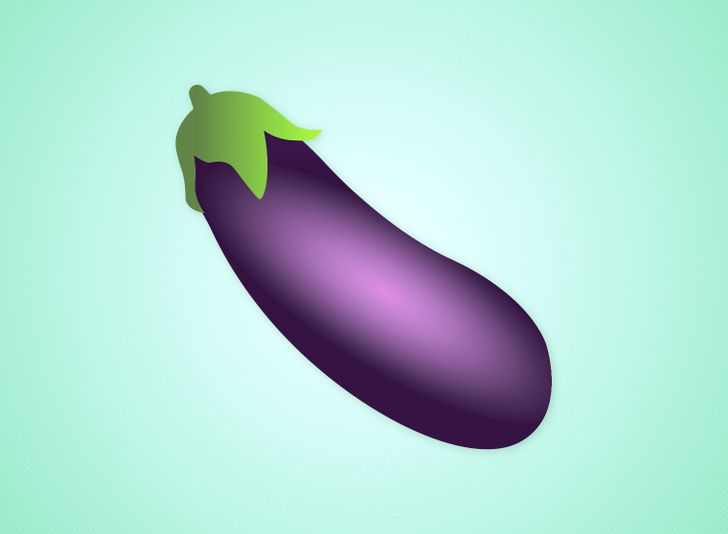
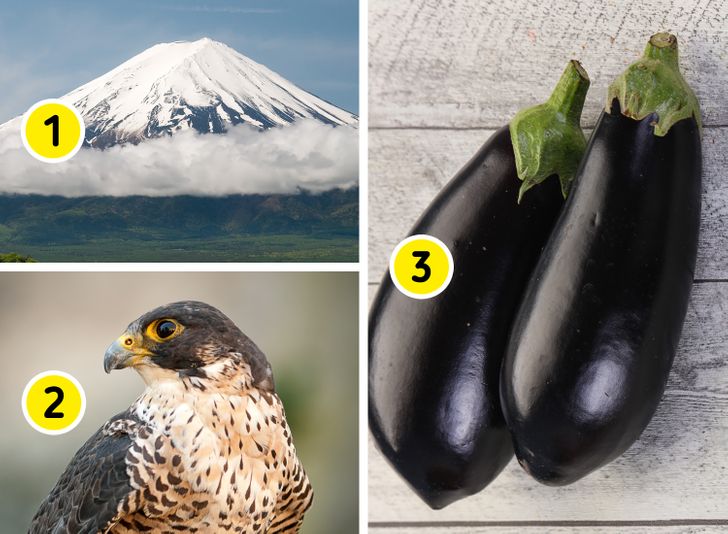
There is a belief, that the first dream during the night of January 1st is the most important, and if one sees Mount Fuji, followed by a hawk, and an eggplant, luck will follow them during the upcoming year. Thus, eggplant turned out to be a happy vegetable and its emoji is used to indicate good fortune.
3.
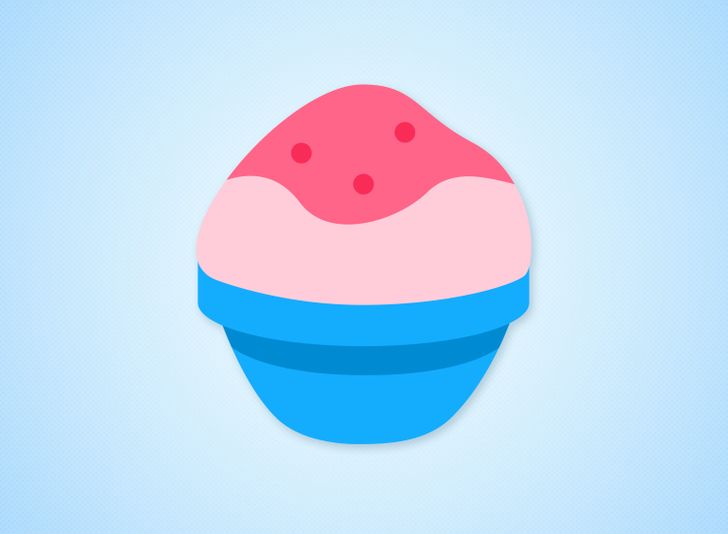
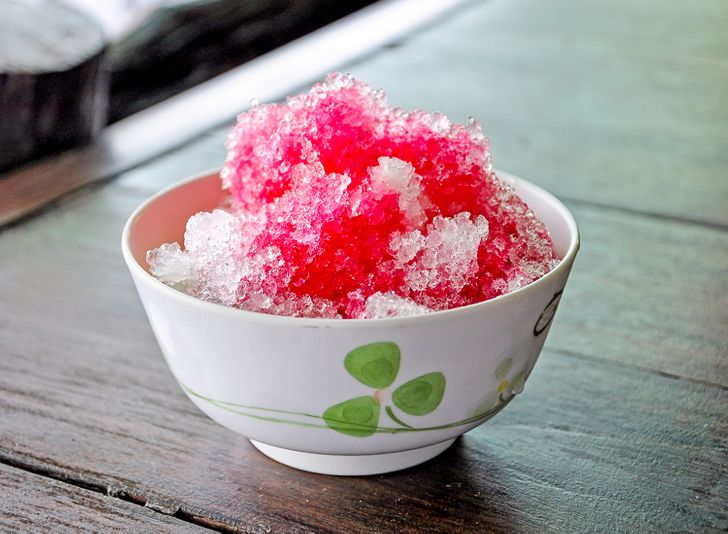
This is not just an icon of a delicious dessert, but a miniature of a bowl of shaved ice. It’s a popular Japanese treat that is often flavored with syrup or with sweetened condensed milk. It is especially popular during hot summer days, and various shops even go the extra mile to create unique flavors making their shaved ice one of a kind.
4.

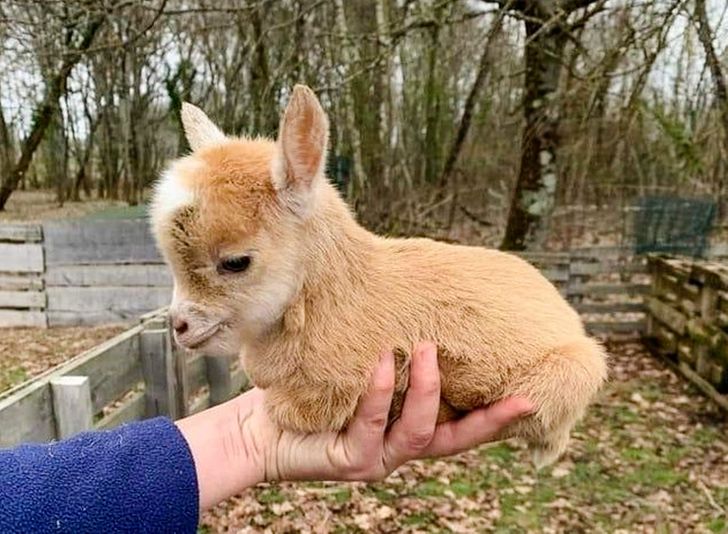
5.
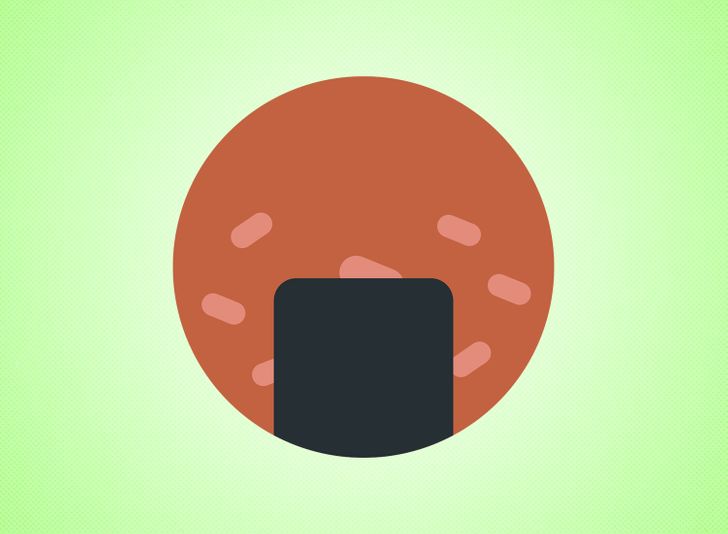
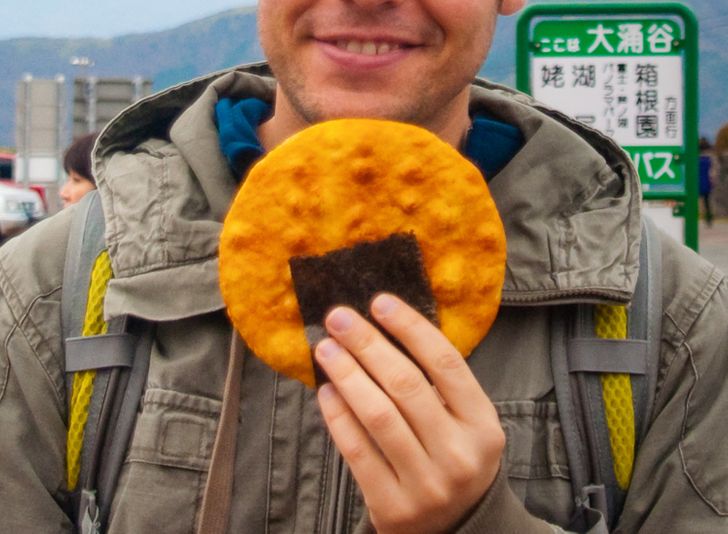
This emoji might look like a cookie at first, but in reality, it represents a popular Japanese treat — senbei. It’s a rice cracker, brushed with soy sauce for flavor, and grilled over charcoal. Its bottom is wrapped in a tiny piece of seaweed to make it easier to hold the cookie.
6.
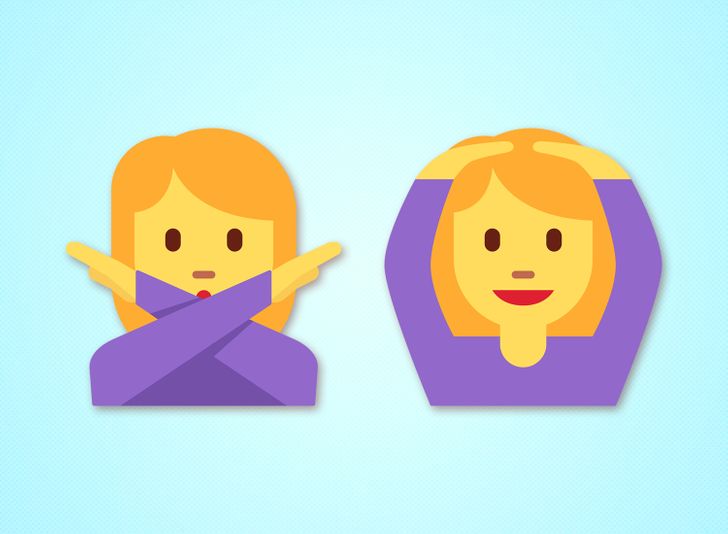
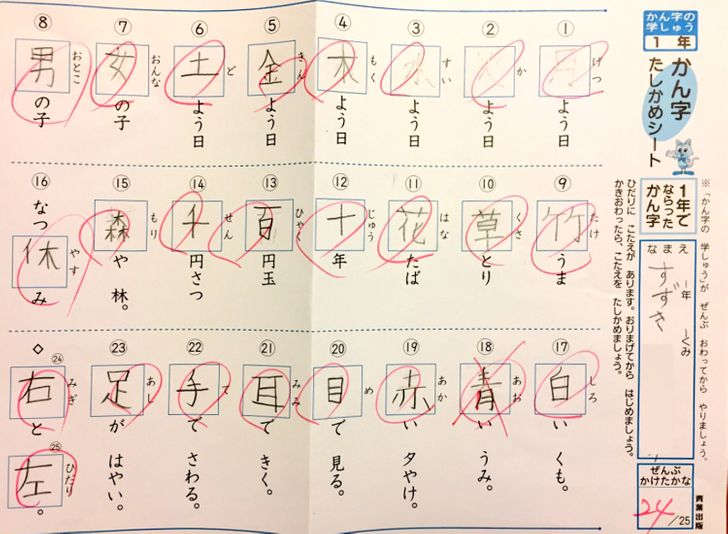
A symbol of a woman with crossed hands is typically used to indicate an incorrect answer or “no.” The exact opposite of this glyph is a woman with her arms above her head. It symbolizes a ball mark, which is used to indicate a correct answer, similar to a checkmark in Western culture. For example, when Japanese teachers check the tests of their students, they will circle the right answers, and mark the wrong ones with a red cross.
7.
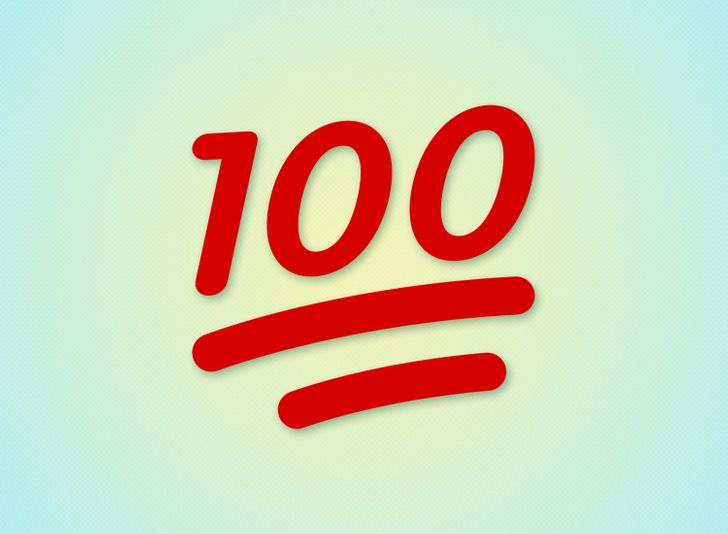
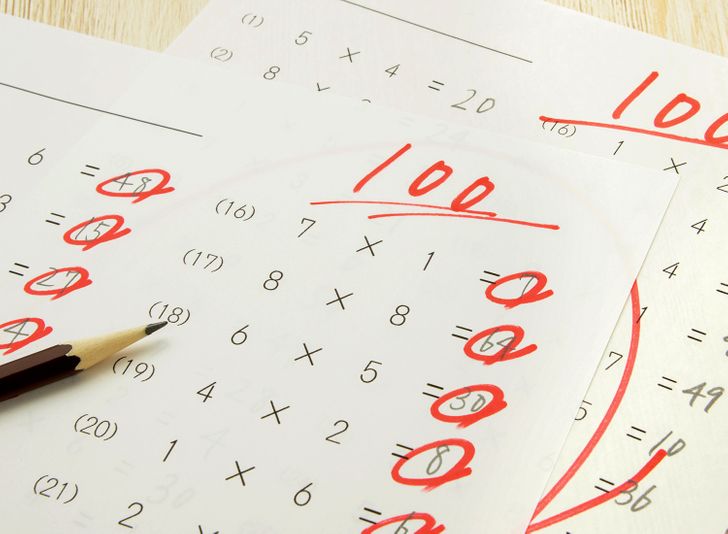
Around the world, this symbol is used to show one’s support or approval, and to motivate others to keep up the good work. In Japan, an underlined 100 written in red is mostly used while grading exams by teachers, to show that their students did extremely well. Now, when someone wants to express their pride, they use this glyph.
8.
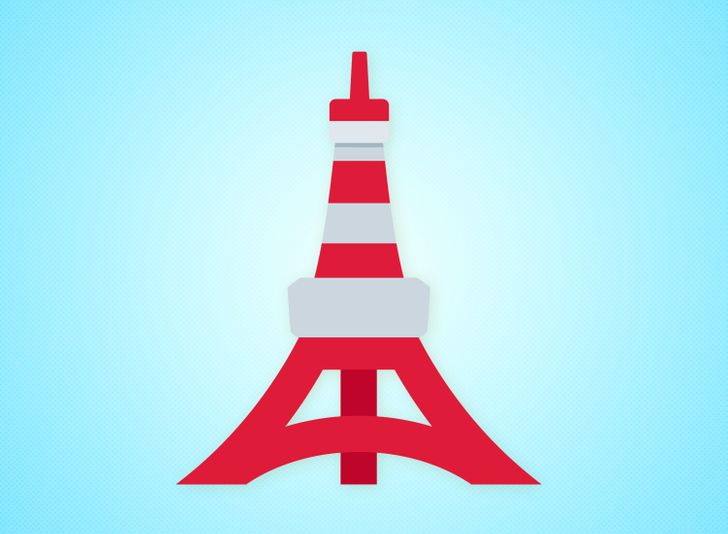
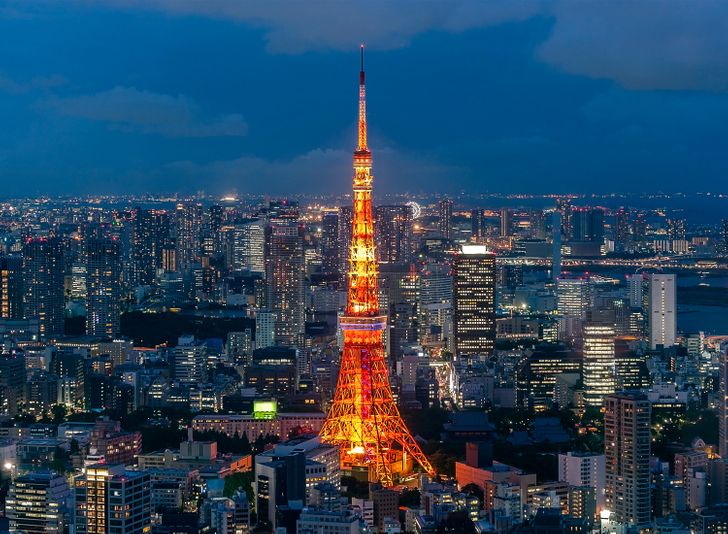
9.
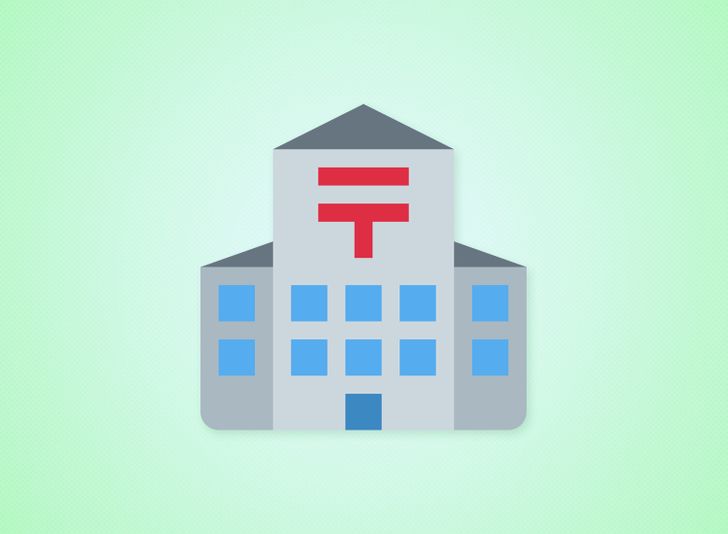
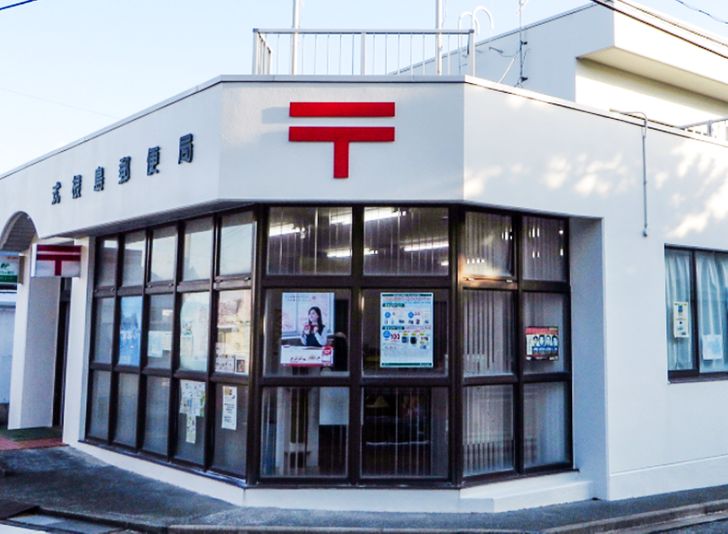
Some might use this emoji to indicate a house or just a building. However, this one is the symbol for a Japanese post office. The red sign on it represents a Japanese postal mark.
10.
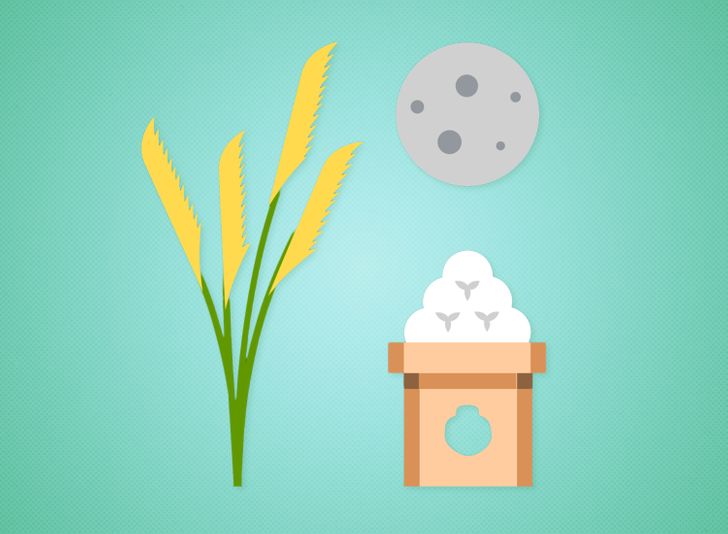
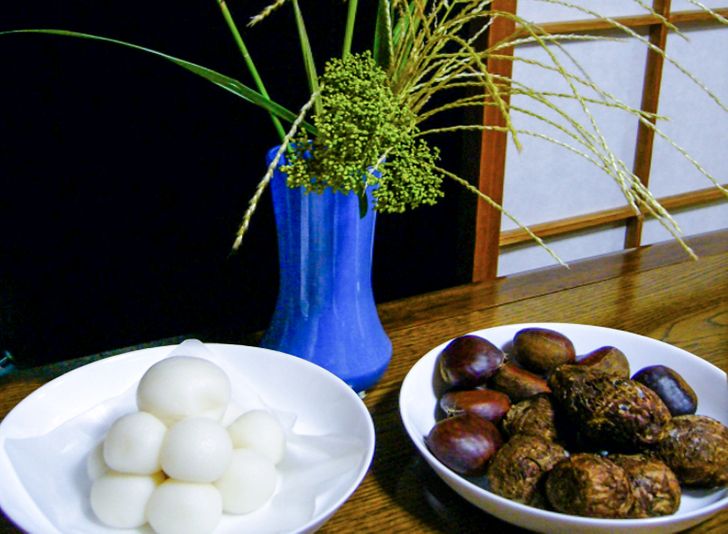
11.
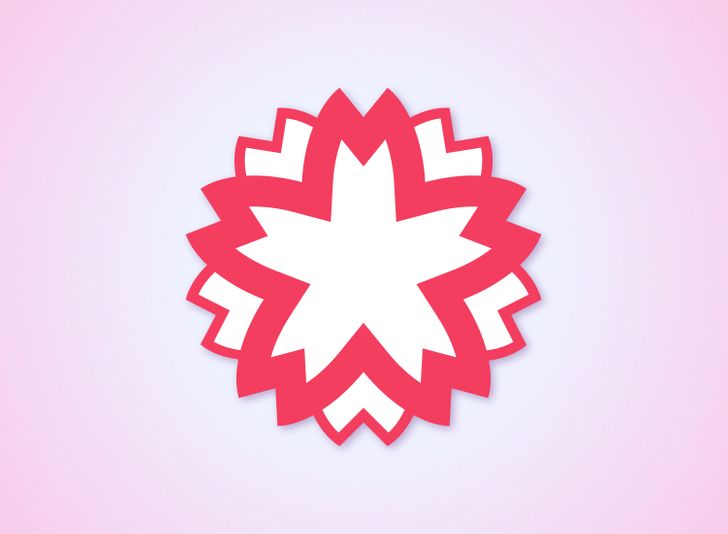
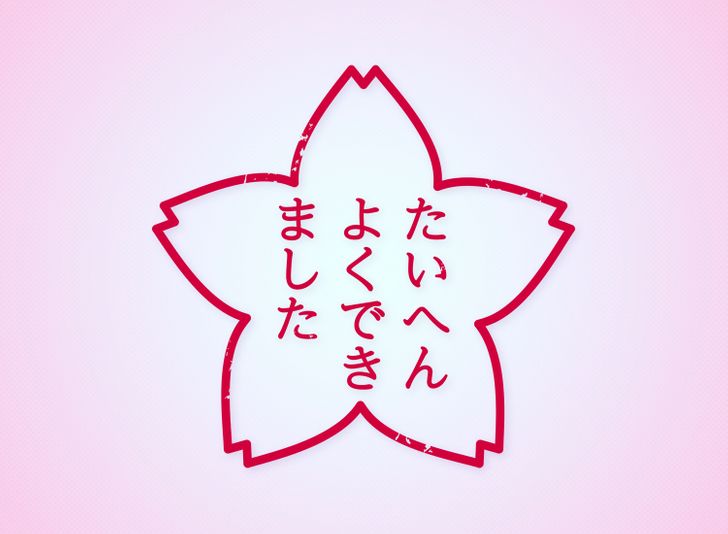
This one should not be confused with a cherry blossom glyph. Originally, this symbol comes from schools, where teachers use it as a stamp to mark their student’s work to show them that they did extremely well. Once it got turned into an emoji, people send it on special occasions like Mother’s Day or Valentine’s Day to show love and happiness.
12.
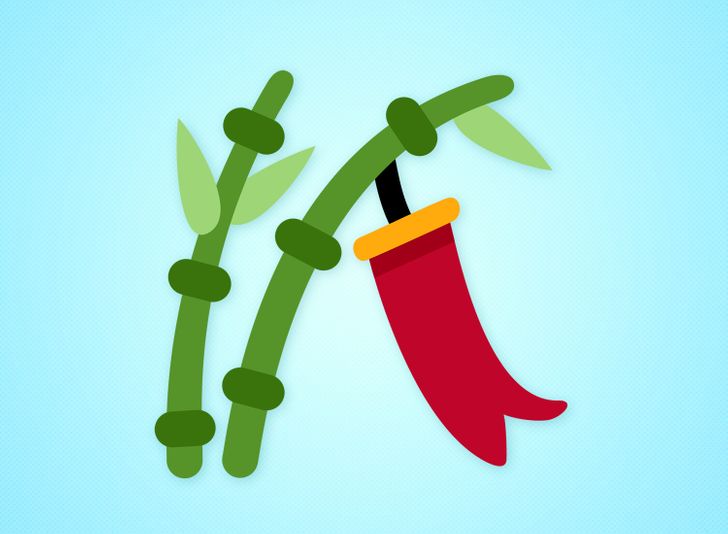
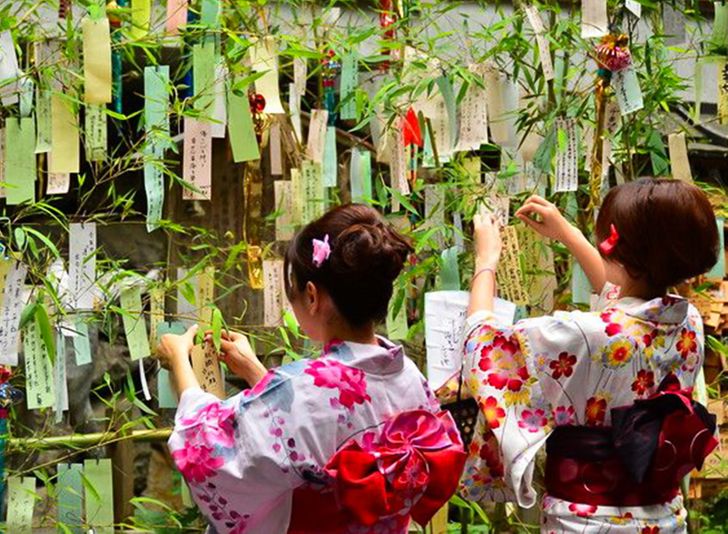
Because of an old legend, the night of July 7th is considered to be the most romantic night of the year. During this time an event called the Star Festival takes place. Its popular symbol is a bamboo tree that is decorated with paper streamers in different colors where people write their wishes. This emoji was created to represent the festival.
13.
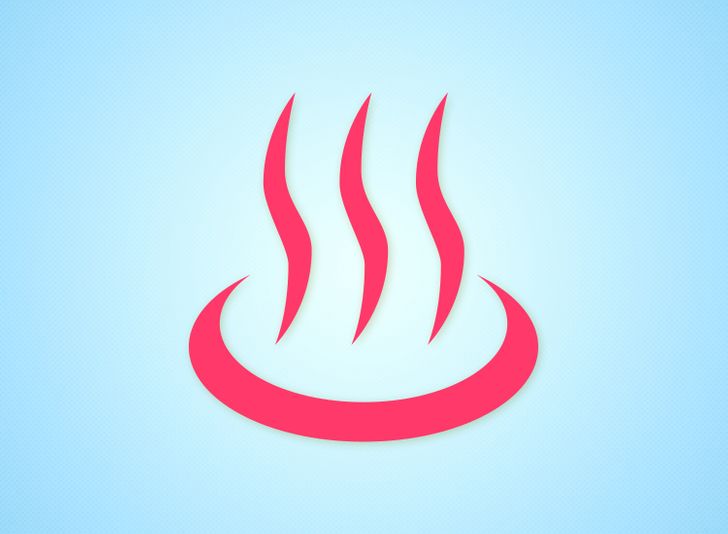

Some might feel confused by this one, thinking it’s a fire or a steamy hot soup emoji. But actually, this glyph represents onsens — the hot springs Japan is famous for. This symbol is even used on Google maps to show the location of these resorts.
14.
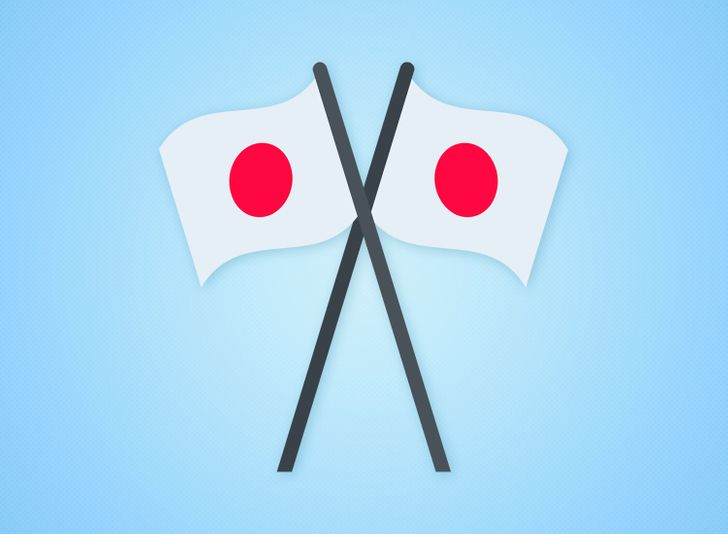
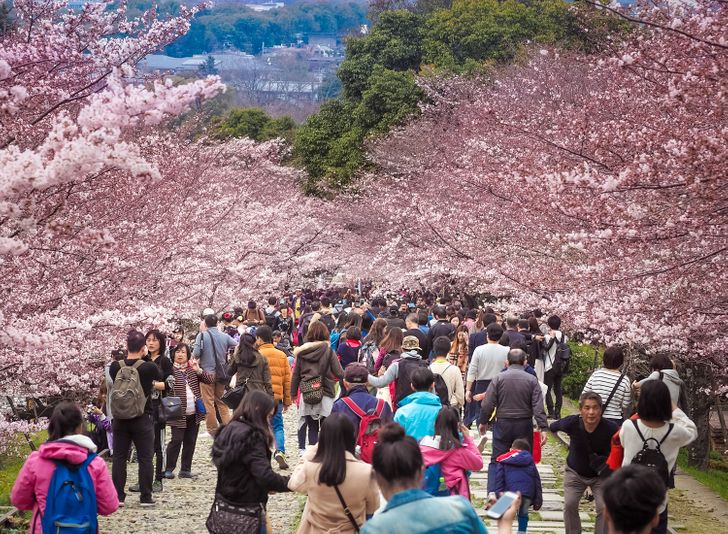
15.
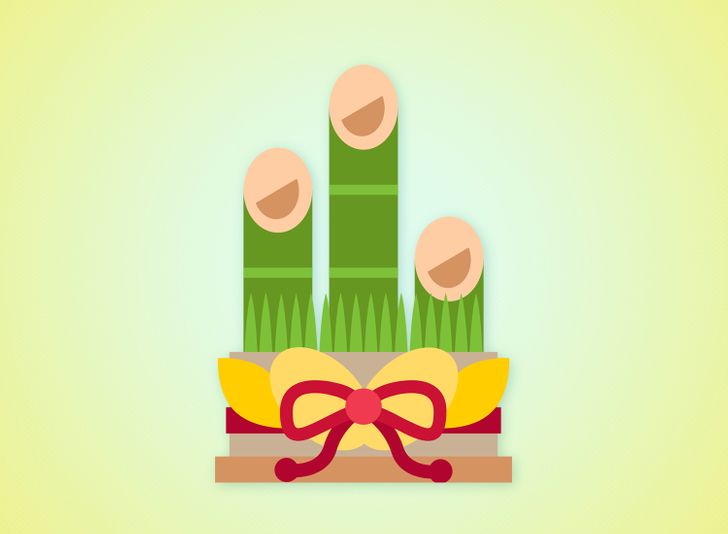
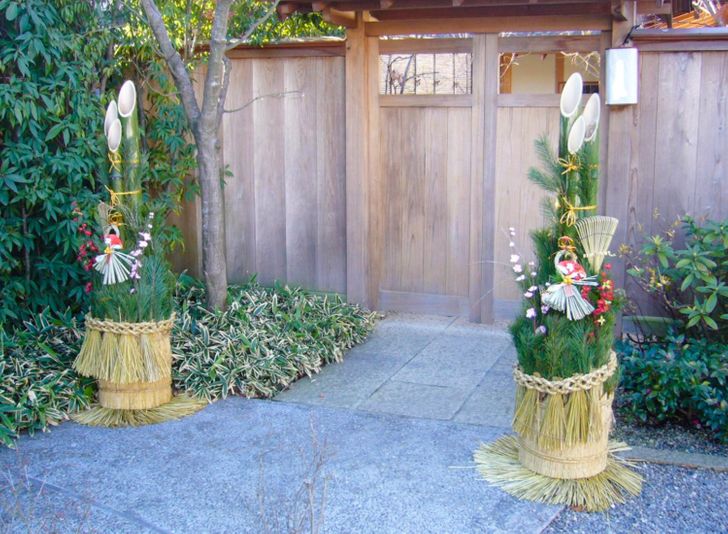
16.
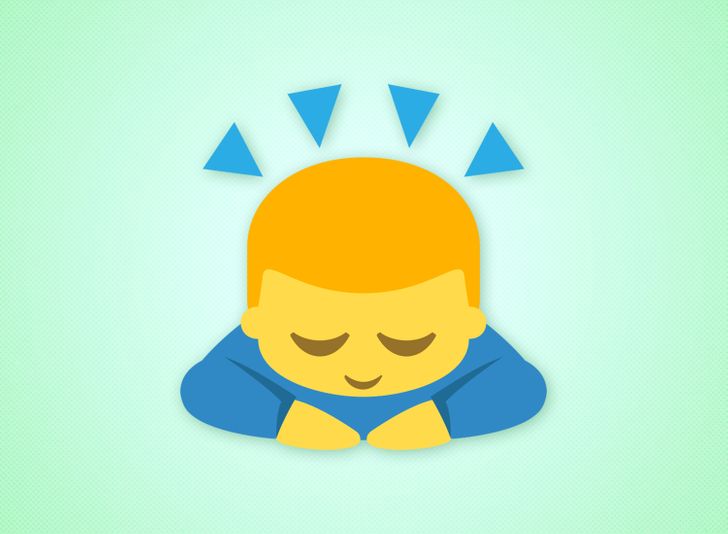
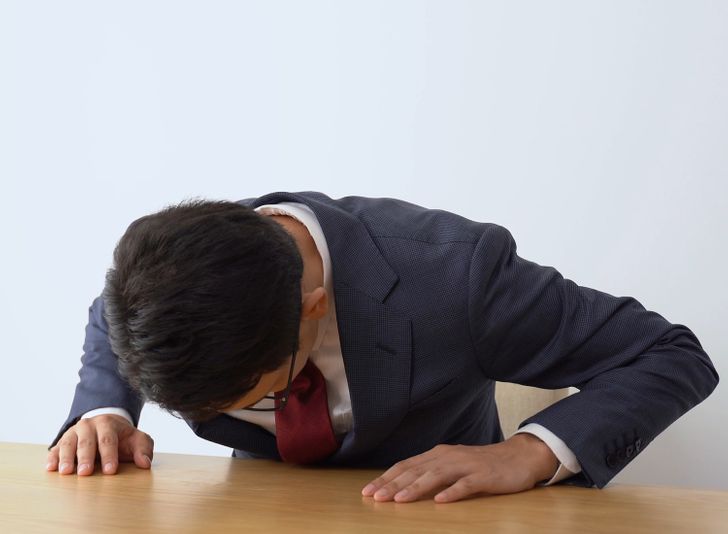
In Western culture, this icon is typically used by someone who is tired or who wants to show that they are deep in their thoughts. Japanese people use it to express their apologies and to ask for forgiveness, and this emoji represents bowing.
Have you ever used any of these emojis while texting?
Comments
Related Reads
My MIL Secretly Removed All Vegan Options From Our Wedding, So I Gave Her a Taste of Her Own Medicine
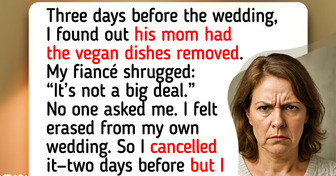
My MIL Tried to Humiliate Me on My Big Day, So I Threw Her Out
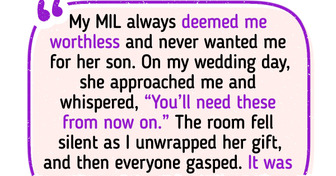
24 Stories That Prove Family Bonds Are Like No Other
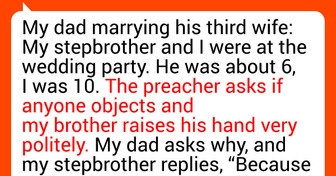
9 Short Stories About True Love
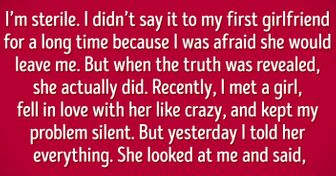
I Can’t Believe What My Fiancé Wants to Do With MY Inheritance
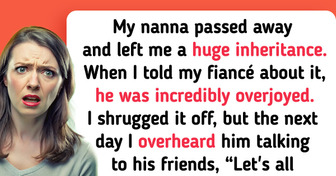
10 People Who Discovered a Family Mystery That Rocked Their World

My MIL Excluded Us From the Family Trip Because We Don’t Have Kids, So We Made Her Regret It
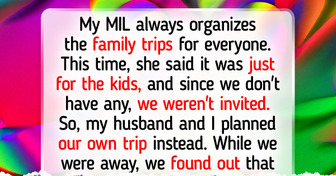
My Husband Is Playing a Series of Dangerous Pranks on Me — I’m Scared of Being Near Him
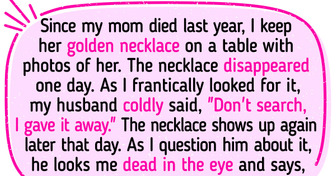
10 Dads Who’d Move Mountains to See Their Kids Smile
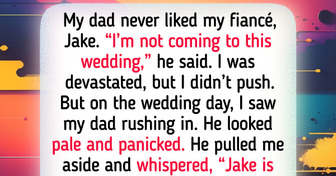
12 True Stories That Feel Too Cinematic to Be Real
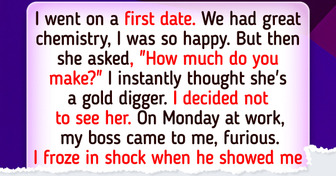
20+ Pets and Their Owners Who Turned a Visit to the Vet Into a Comedy Show
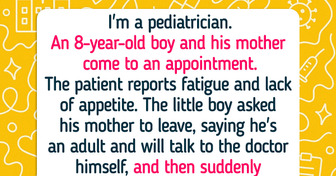
12 People Who Definitely Didn’t Regret Quitting Their Job
